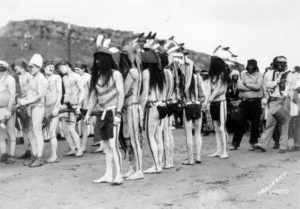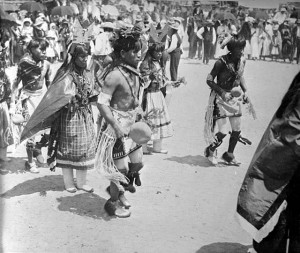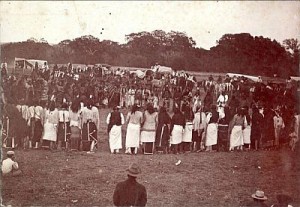Missionaries trying to convert Native Americans to Christianity took particular exception to the traditional dances of native peoples. Some Christian denominations considered dancing immoral for anyone–whites included–but even denominations that might have tolerated a lively square dance typically found Native American dancing somewhat shocking. Whether it was the sometimes scanty apparel of participants, the exuberance of certain dances, or simple unfamiliarity on their part, missionaries often lumped all their objections into a universal condemnation. Native American dances were “degrading” in their eyes.
The Indian Office frequently backed missionaries in their assessments of Indian culture, and certainly did in this case. In the 1920s, Commissioner of Indian Affairs, Charles Burke, issued two directives against dancing: Circular No. 1665, Indian Dancing (1921), and a supplement to it two years later. Eventually, the dancing controversy centered upon the Pueblos. They, as well as white supporters, contended that their dances were part of their religion and should be protected, while missionaries and supporters of assimilation argued that the dances were merely pagan rituals. The resulting clash over religious rights eventually sent a powerful message to the Indian Office.
My next post will further discuss the dancing controversy.
______________________________________________________________________________________


